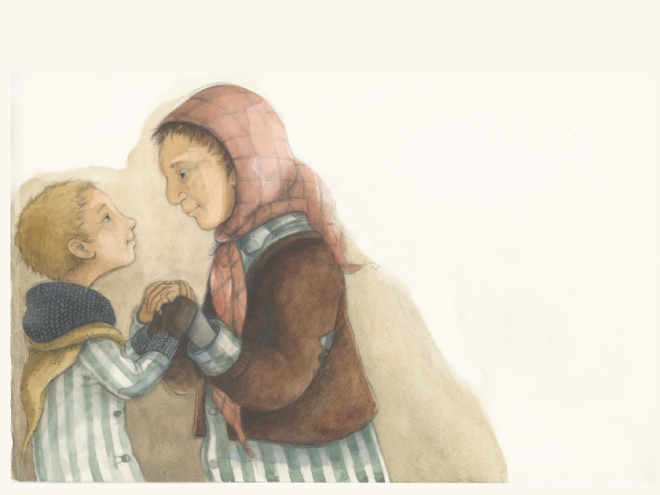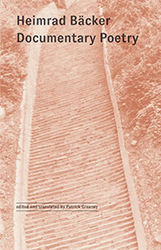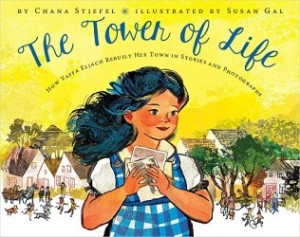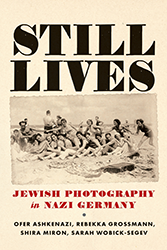A total of 15,000 children under the age of fifteen passed through the Terezin Concentration Camp between the years 1942 – 1944; less than 100 survived. In these poems and pictures drawn by the young inmates of Terezin, we see the daily misery of these uprooted children, as well as their courage and optimism, their hopes and fears. The ghetto of Terezin (Theresienstadt), located in the hills outside Prague, was an unusual concentration camp in that it was created to cover up the Nazi genocide of the Jews. Billed as the “Fuhrer’s gift to the Jews, ” this “model ghetto” was the site of a Red Cross inspection visit in 1944. With its high proportion of artists and intellectuals, culture flourished in the ghetto — alongside starvation, disease, and constant dread of transports to the death camps of the east. Every one of its inhabitants was condemned in advance to die. These innocent and honest depictions allow us to see through the eyes of the children what life was like in the ghetto. The children’s poems and drawings, revealing maturity beyond their years, are haunting reminders of what no child should ever have to see. This expanded edition of I Never Saw Another Butterfly is published in cooperation with the United States Holocaust Memorial Museum in Washington, D.C.

Poetry
I Never Saw Another Butterfly: Children’s Drawings and Poems from the Terezin Concentration Camp, 1942 – 1944
- From the Publisher
April 17, 1994
Discussion Questions

Jewish literature inspires, enriches, and educates the community.
Help support the Jewish Book Council.



